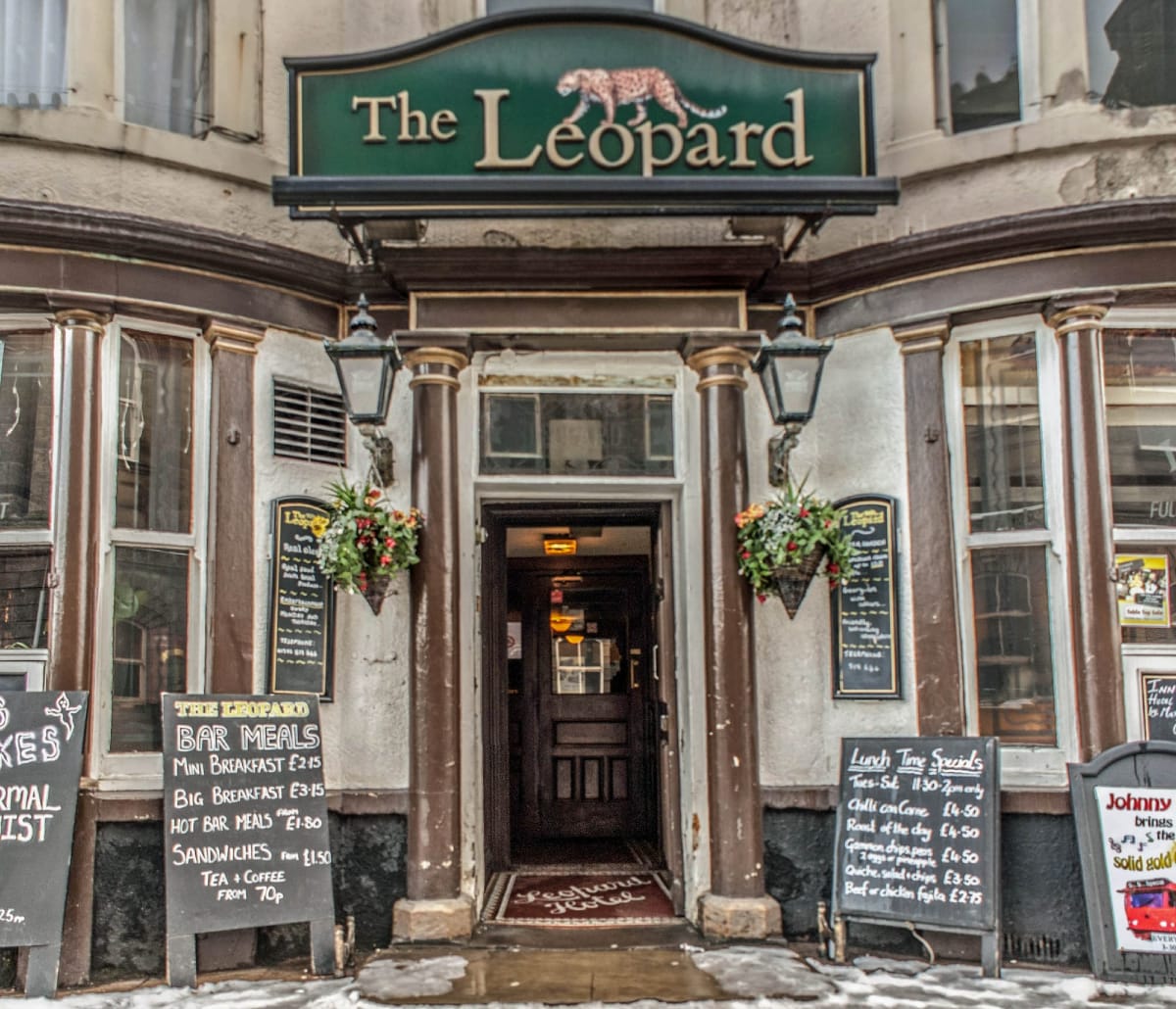Earlier today, I joined a passionate group of residents, historians, and community advocates at Burslem School of Art to discuss the fate of one of Stoke-on-Trent’s most famous landmarks, The Leopard Inn.
Hosted by Re-Form Heritage as part of a formal viability study, the meeting offered a rare chance for the people of Burslem and beyond to shape the future of this fire-damaged, Grade II-listed building. But as we spoke, it became clear that this wasn’t simply about restoring a pub. It’s about preserving our past and reclaiming a much-needed space for our future.
The Leopard isn’t just steeped in history, it is history. It was here, in 1765, that Josiah Wedgwood and James Brindley met to discuss the building of the Trent and Mersey Canal, an infrastructure project that changed the face of Britain. It later inspired Arnold Bennett, who immortalised it in his novels under the name The Tiger. The building stands on the site of Wedgwood’s early Brick House Works, where he perfected the creamware that would later be supplied to Queen Charlotte.
But history alone doesn’t save buildings. People do.

Find out more about my local history walks and talks here
And today’s conversation proved that the people of Burslem still care. Despite the fire in 2022 and the uncertainty that’s followed, there’s still a deep-rooted affection for The Leopard and what it represents. It’s a symbol of the town’s industrial spirit, artistic legacy, and communal identity.
We heard from those who once gathered there, history groups, creatives, pub-goers, and local event organisers. Many voiced a desire to see the front of the building reopened as a pub, while others supported using the rear for community use or residential purposes. There was talk of heritage spaces, creative venues, and even a micro-museum. But what united us all was a shared recognition that Burslem is missing a space, a heart, where people can come together.
Since the closure of venues like the town hall and the limited public access to the School of Art, the town has lacked a proper place to gather, to share ideas, to belong. The Leopard could be that again.
Of course, the challenges are real, structural damage, financial cost, and future ownership all need addressing. But Re-Form Heritage’s involvement is a step in the right direction. As a Heritage Development Trust, they’re tasked with listening, learning, and helping communities unlock the value of their historic buildings.
Zoe Sutherland of Re-Form Heritage, speaking at the meeting, highlighted the importance of public input and community needs. This isn’t a one-sided process, your views matter. The Leopard’s next chapter should be co-authored by the people it served for centuries.
As someone who has spent years researching and documenting Stoke-on-Trent’s history, I believe we cannot let this building fade quietly into the past. I’ve written about its history and decline before (read the full history here), but now, we have a chance to be part of its revival.
If you couldn’t attend the session at the School of Art, you can still make your voice heard by filling in Re-Form Heritage’s community feedback form:
👉 https://docs.google.com/forms/d/e/1FAIpQLSf5STGlKUwLOPuT_ZdNXOD-dgaP3WHZdVhicMTwZkV16aY6Ug/viewform

